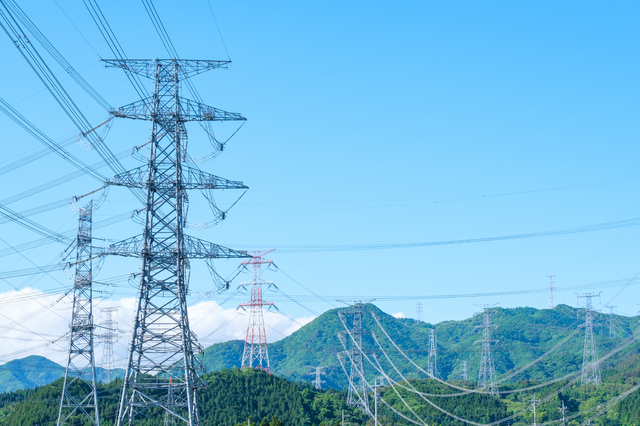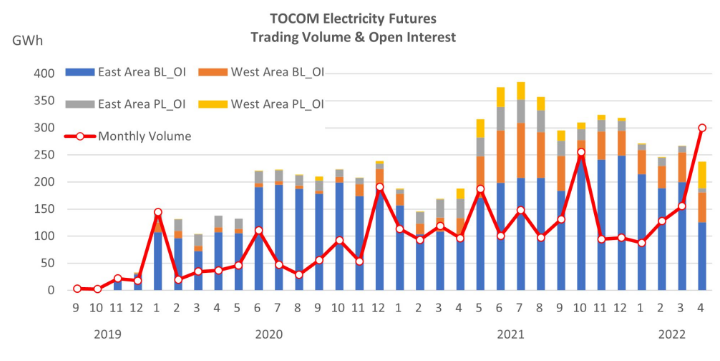TOCOM Energy
Is It Time To Refill The Strategic Petroleum Reserve?
Crude prices remained buoyed after OPEC’s surprise production cut, which was seen as a strong signal that the Saudi-led producer group will take action to defend prices after the US administration rowed back from a previous pledge that it would start to refill the SPR at around $70/b.
The SPR, created in the aftermath of the 1973 oil crisis to shield the country from supply disruptions, which can hold around 700 million barrels of crude oil are stored in huge underground salt caverns at four sites along the coastline of the Gulf of Mexico. After releasing 180 million barrels last year to tame sky-high gasoline prices, the SPRs currently hold some 371.6 million barrels of crude which stand at their lowest level since the early 1980s.
The Biden administration had announced plans to buy back the Strategic Petroleum Reserves in mid-December last year once the crude markets stabilized. Media reports at the time indicated that the U.S. Department of Energy was planning to rebuild its crude reserves once the WTI crude oil prices were at or below $67 to $72 a barrel delivery.
However, the administration’s inconsistent approach to the (SPR) has raised concerns and intensified skepticism among oil producers and tanker owners.
So is it time to refill the strategic petroleum reserve?
Oil stocks can be released from the SPR either via competitive sales, or as exchanges. The SPR sale is a bet that barrels can be repurchased at the price lower than the price of the sale.
It is worth noting that DOE has recently finalized a first-of-its kind rulemaking that allows the department to enter into purchase contracts for future delivery at a fixed price. The average price of oil during the SPR’s sales in 2022 was $96 a barrel. Now the whole WTI future curve is still below that level, which means that it’s still profitable to gradually replenish the SPR along the future curve. If DOE insists on making the purchase for around $70, we’ll not see a rebuild until 2024.
Due to low-price elasticity of oil demand, the strategy that attempts to influence the price by releasing inventories is highly questionable and risky. The inventory replenishment at a later time implies carrying a short position in the forward market, historically, carrying short forward positions in a backwardated market would have generated large losses as lower forward prices tend to roll up towards the higher spot price. In fact it can even lead to a perverse effect of higher forward prices. As a result an alternative market-based approach to the problem has been proposed.
The spot oil price can be thought of the sum of two components. One component represents the long-term oil price which is driven by the combination of the marginal cost of production and the net hedging pressure from the derivatives market. The second component is a time spread between the spot oil price with immediate delivery and the long-term price.
If the time spread exceeds the cost of storage, then the storage operator buys the physical barrel of oil and sells futures to lock in riskless profits. Conversely, the operator empties the storage by selling barrels in the physical market. This practice has resulted in a highly negative correlation between time spreads and inventories. Similarly, SPR could replenished when a deep contango structure appears.
From the legal level, USC governs SPR acquisition, the statute implicitly contemplates that purchase may take different contractual forms, by allowing the Secretary to determine the “manner of acquisition” so long as it aligns with a set of described objectives. The flexibility offered by selling future contracts would align with the letter and spirit of the statute governing SPR acquisition.
For the sake of minimizing cost to SPR and aligning incentives towards greater energy security, the rulemaking for SPR acquisition will be more flexible in the future.
Crucially, the ability to purchase crude oil in the future—under fixed-price arrangements or the current protocols is dependent on a future Congress authorizing the funds needed.






